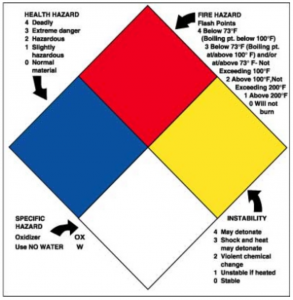Contents
Objectives
Upon completion of this lesson students should be able to:
- List the physical hazards of chemicals.
- Explain the health hazards of chemicals.
- Demonstrate how to use of Material Safety Data Sheet (MSDS).
- Explain the meaning of chemical label colors.
Reading & Lecture
Chemical Hazard
Any chemical that can cause illness, injury or an emergency
Chemical Hazards
- Physical
- Health
RULE:
Know what you are working with and how to protect yourself and others.
Physical Hazard
- Explosives
- Compressed Gas
- Flammable
- Unstable
- Water Reactive
- Oxidizers
- Can cause cancer
- Are toxic
- Cause harm to your skin, organs or nervous system
- Corrosive- such as acids
- Cause allergic reactions after repeated exposure
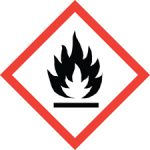
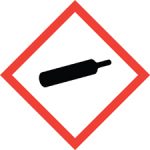

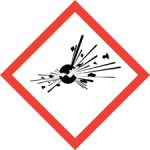
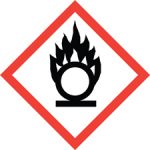

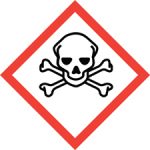
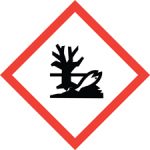
Hazard Communication Standard Pictograms as presented by OSHA
Physical hazards are:
- Used only by trained employees
- Stored in a safe manner
- Never mixed with other chemicals unless by an approved procedure
Chemicals can enter the body through:
- Your lungs- if you breath fumes, mists or dust
- Your skin- if liquid or dust touches or spills on you or splashes in your eyes
- Your mouth- if you eat after handling chemicals
- Accidental swallowing of chemicals
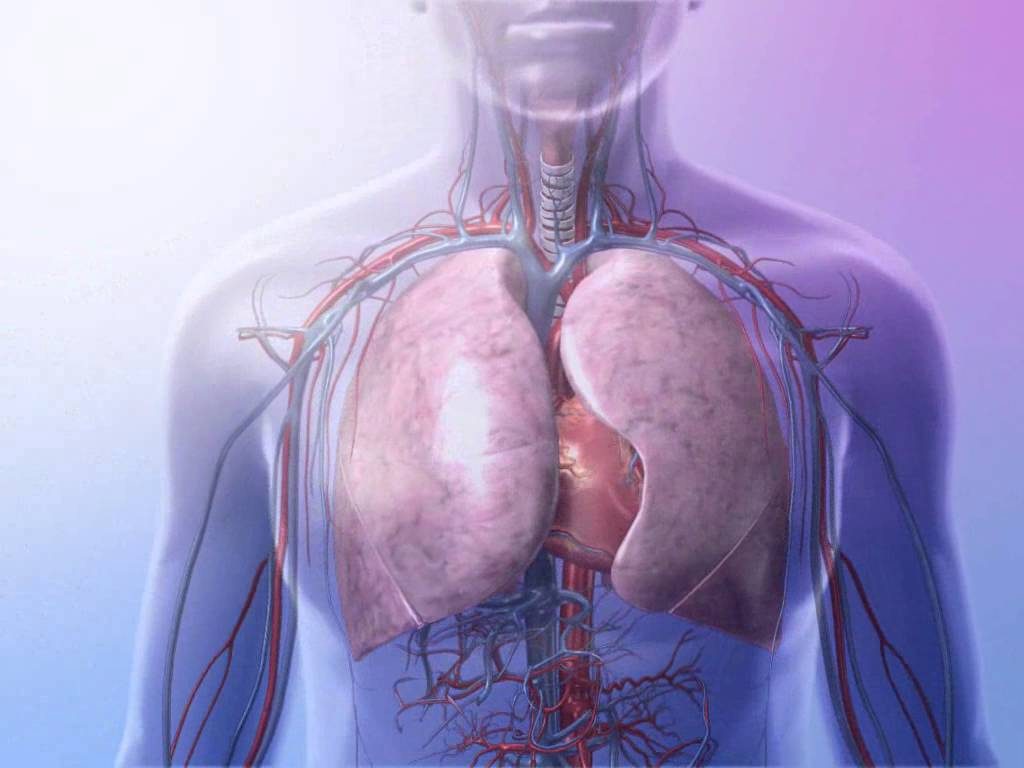
https://www.youtube.com/watch?v=l70xOXBWEsA
Hazard Communication
- Written information on hazards
- Lists Chemicals that is used and their hazard
- System for ensuring chemical are labeled
- Material Safety Data Sheet (MSDS) for each chemical
- Lists of responsible persons for the program
- Safety training methods
- Chemical safety information
Signs of PPE
- Signs may be used to identify hazards and required protection
- The information may also be on the manufacturer’s label
Material Safety Data Sheets
- Reference that identifies chemical characteristics and hazards
- Safety Data Sheets are available for ALL of the hazardous materials present in your work areas
- Must be accessible to all employees whenever they are in their work area
